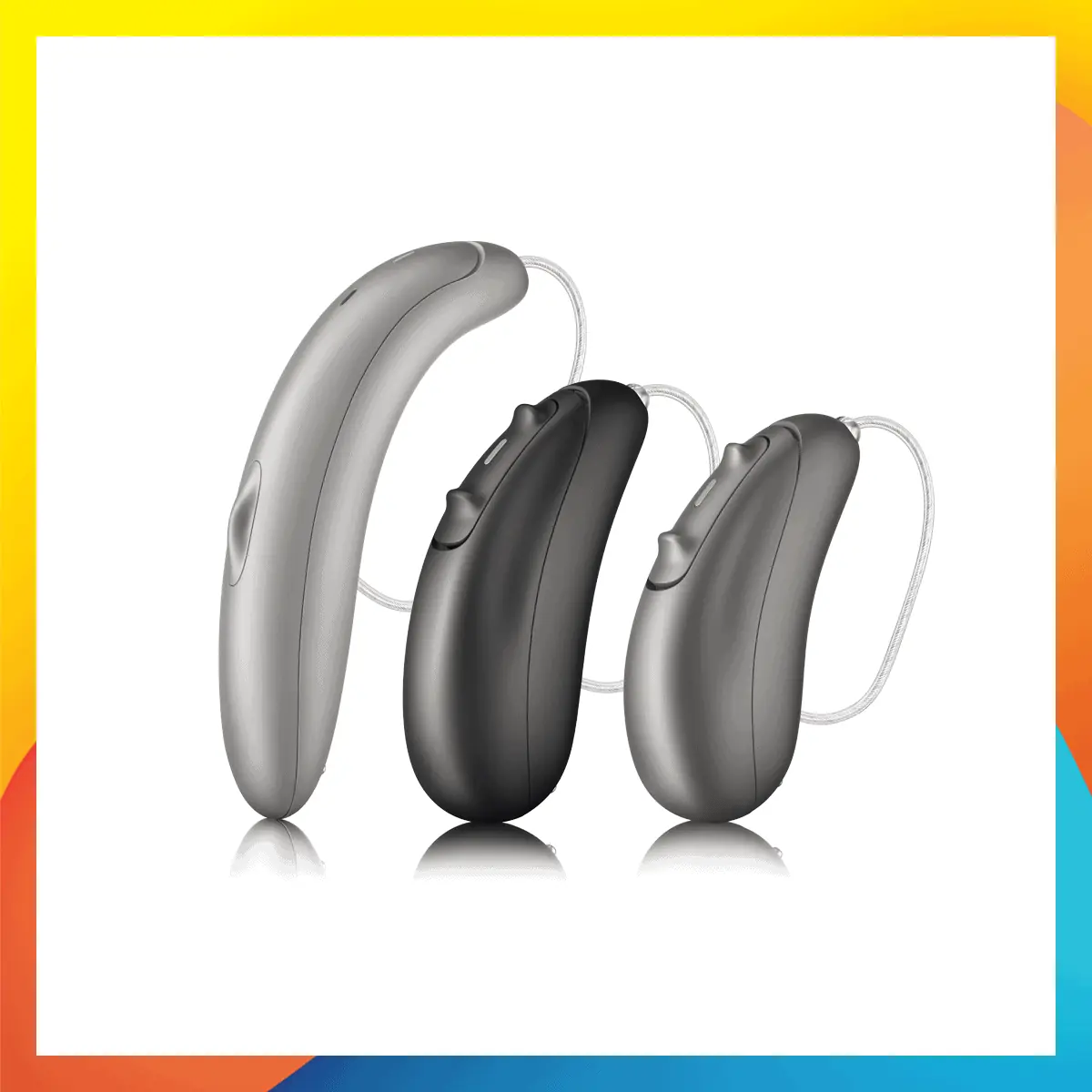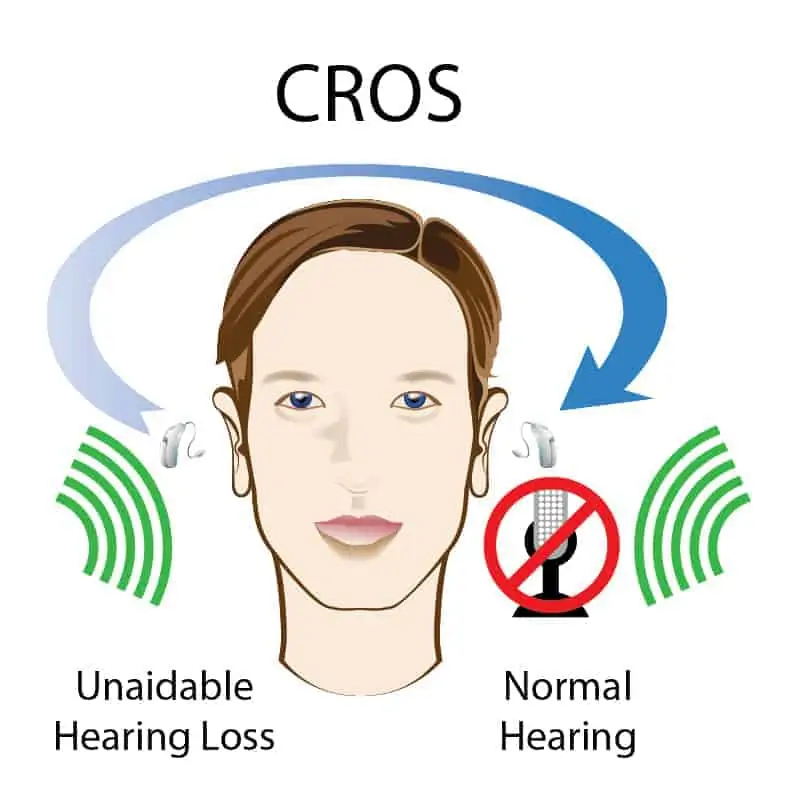Hearing Aids
Hearing Aid Styles
Choosing the right hearing aids can be daunting. Start by selecting the model or size that fits you best. There are several options to consider. Think about how easy it is to change batteries, especially if they’re not rechargeable.
Smaller hearing aids are more discreet but may offer fewer features due to their size. Larger models tend to have more control options and can provide more power for those with severe hearing loss.

RIE Style of hearing aid

CIC Style of hearing aid

Canal hearing aid Style

ReSound ITE

BTE Style hearing aid on the ear
Hearing aids are small electronic devices worn in or behind the ear that amplify sound and improve hearing for individuals with hearing loss. Here’s an overview of hearing aids:
1. Components: While the specific components may vary depending on the model and technology level, most hearing aids consist of similar basic parts:
– Microphone: Picks up sound from the environment.
– Amplifier: Processes and increases the volume of incoming sounds.
– Receiver (or speaker): Delivers amplified sound to the ear.
– Battery: Powers the hearing aid (some models are rechargeable).
– Controls: Allow the user to adjust volume, switch between programs, or activate additional features.
2. Styles: Hearing aids come in various styles to accommodate different preferences and degrees of hearing loss:
– Behind-the-ear (BTE): Rests behind the ear with a tube or wire connecting to an earpiece. Very popular for Profound hearing losses.
– Receiver-in-canal (RIC) or receiver-in-the-ear (RITE): Similar to BTE but with the receiver placed inside the ear canal. This is the most popular style for any manufacturer.
– In-the-ear (ITE): Custom-molded to fit inside the outer ear.
– Completely-in-canal (CIC) or invisible-in-canal (IIC): Smaller devices that fit deep inside the ear canal and are barely visible. Not made for all losses.
3. Technology Levels: Hearing aids are available in different technology levels, ranging from basic to advanced:
– Basic: Suitable for individuals with mild to moderate hearing loss, offering essential features. Also, this is a technology for people who live a quiet lifestyle.
– Mid-range: Provides additional features such as noise reduction and directional microphones. Designed for casual lifestyles.
– Premium: Offers the most advanced features like Bluetooth connectivity, rechargeability, and speech enhancement algorithms. This is best for active lifestyles.
4. Features:
– Noise Reduction: Reduces background noise to improve speech clarity in noisy environments.
– Directional Microphones: Focus on sounds in front of the wearer while reducing sounds from other directions.
– Feedback Suppression: Prevents whistling or feedback sounds.
– Telecoil: Allows wearers to connect to compatible telephones and assistive listening systems. This feature is also beneficial for listening in theaters or buildings with a built-in loop system.
– Bluetooth Connectivity: Enables wireless streaming of audio from smartphones, TVs, and other devices. This is extremely helpful for phone conversations.
5. Fitting and Adjustment: Hearing aids require proper fitting and adjustment to ensure optimal performance and comfort. This process involves selecting the appropriate hearing aid style, programming settings based on the individual’s hearing loss and preferences, and providing counseling and support to adjust to wearing hearing aids. Your fitting professional should have a set protocol in place to help you through your hearing journey.
6. Maintenance and Care: Regular maintenance and care are essential to keep hearing aids functioning properly. This includes cleaning the devices daily, changing batteries or recharging them as needed, and scheduling regular check-ups with a hearing healthcare professional for adjustments and troubleshooting.
7. Cost and Insurance Coverage: The cost of hearing aids varies depending on factors like brand, technology level, and additional features. While hearing aids can be a significant investment, many insurance plans, including Medicare Advantage plans, may offer coverage or financial assistance for eligible individuals. It’s essential to check with your insurance provider and explore available financing options or assistance programs.
Overall, hearing aids can significantly improve quality of life for individuals with hearing loss, allowing them to better communicate, engage in social activities, and participate in daily life with greater confidence and independence. It’s essential to consult with a qualified hearing healthcare professional to determine the most suitable hearing aid solution based on your specific needs and preferences.
Hearing Aid Brands
We don’t just carry one manufacturer of hearing aids. All manufacturers are unique in technology and specialties. That is why Hearing Group offers so many options. Your hearing is unique and so should your hearing aids.
UNITRON
Step into every one of life’s moments with our newest platform with an expanded portfolio of styles on Vivante, delivering our best sound performance yet. Get ready to embrace the good life brought right to your ears with more choice.

SIGNIA
This sleek hearing aid, equipped with advanced technology, is a stylish and distinctive choice. Embrace your style and fully participate in conversations with confidence.

WIDEX
Designed with a slim profile and soft rounded edges, SmartRIC is the shortest in its class. The design, inspired by the elegant curves of glasses’ temple tips, is both contemporary and stylish. Choose from a selection of colors that resonate with your modern aesthetics. Overall, it is a seamless fusion of user-friendliness, aesthetics, and functionality.

RESOUND
See how ReSound Nexia™ hearing aids connect with new Bluetooth® Low Energy (LE) Audio and Auracast™ broadcast audio to open up a new universe of personal and shared listening experiences.

Your Lifestyle vs Technology
Understanding your lifestyle absolutely matters when it comes to choosing the best hearing aids for you. This is one of the biggest mistakes most people make when it comes to choosing a hearing aid.
Check out our video on what you should consider and how to choose the right technology that will help you in the different environments you are most commonly in.
Our advice is only to buy the technology you need. It’s as simple as that!

Single-Sided Hearing Loss Options
Do you only have good hearing in one ear? Have you ever been told that you have a “dead ear”?
Good news! At Hearing Group, we have plenty of options for single-sided deafness. The greatest struggle is hearing from your poorer ear side. Say bye-bye to those days because with modern technology, we can reroute the signal to your better ear.
We have two great options, CROS and BiCROS hearing solutions.
